Implementing Decision No. 468/QD-TTg dated March 23, 2016 of the Prime Minister approving the Project on Controlling Gender Imbalance at Birth for the period 2016 - 2025. Every year, the province has developed a phased plan for organizing intervention activities to reduce "Gender Imbalance at Birth" in Son La province; implementing models and projects to improve population quality, gender equality work, responding to World Contraception Day, International Day of Older Persons and International Day of the Girl Child; Action Month for Gender Equality and Prevention of Gender-Based Violence, etc.
The direction and management work is organized uniformly from the province to the district and commune. With the strong, regular and unified direction from the province to the grassroots, the work of controlling gender imbalance at birth in Son La has achieved positive results, contributing to changing people's awareness and behavior on gender equality, improving population quality.
Over the past 10 years, Son La province has seriously and synchronously implemented the Project to control gender imbalance at birth in accordance with the Central Government's orientation. The goal of controlling and gradually bringing the gender ratio at birth back to a natural balance has achieved remarkable initial results. The rate of increase in the gender ratio at birth has been controlled, not increasing dramatically compared to the years before the Project was implemented. According to the statistical report of the Population sector, the gender ratio at birth tends to decrease and decrease slowly, fluctuating stably around 116.4 - 118.0 boys/100 girls, the results achieved are still not really sustainable. In some years, the gender ratio at birth still exceeds the allowable threshold, especially in some districts. The awareness and mentality of "preferring sons" still exists quite commonly in the community, especially in remote areas. Son La province is facing the problem of gender imbalance at birth in both urban and rural areas. Currently, there are 9 districts and cities with very high gender imbalance at birth (over 112 boys/100 girls); 01 district with high gender imbalance at birth (109-112 boys/100 girls); 02 districts with gender imbalance at birth below 109 boys/100 girls.
Doctors at Son La Provincial General Hospital take care of postpartum women
After 10 years of implementing the Project on Controlling Gender Imbalance at Birth, the sex ratio at birth in Son La province has generally decreased and been gradually controlled. In the period 2016 - 2020, the sex ratio at birth remained high, ranging from 120.0 - 121.8 males/100 females, reflecting the alarming situation of gender imbalance at birth in many localities. However, from 2020 onwards, thanks to the synchronous participation of all levels and sectors and the promotion of communication and intervention solutions, the sex ratio at birth has tended to decrease gradually and is relatively stable: in 2022 it reached the lowest level of 116.4, in 2024 it remained at 118.0 and in 2025 it is estimated to be 118.5 males/100 females. Compared to the target set in phase I of "reducing the growth rate of the sex ratio at birth to below 1.5 percentage points/year", the province has seen a certain decrease in the sex ratio at birth but has not yet reached the natural biological balance threshold (about 103-107 boys/100 girls). This shows that the challenge of changing the mindset and concept of giving birth according to gender preference still exists, especially in remote, isolated and ethnic minority areas. However, the positive results in the 2021 - 2025 period have reflected the initial effectiveness of communication models to change behavior, the change in people's awareness, and the efforts in the direction and management of all levels, sectors and localities in the whole province.
The system of population work organization is maintained and the network of population cadres from the provincial to the communal level is gradually improved, in which the population collaborators at the group, hamlet and sub-district levels continue to play a core role in implementing communication, monitoring and intervention in the community. This is a force "close to the people", contributing to bringing the Party's policies and the State's policies to the people in a flexible and effective manner.
Inter-sectoral coordination has been strengthened and promoted effectively. Departments, branches and sectors such as the Department of Health, Department of Education and Training, Women's Union, Youth Union, Provincial Border Guard, etc. have closely coordinated and integrated the content of the Project into professional activities and movements in the community.
Communication activities are promoted, the content is rich and close, the communication work on controlling gender imbalance at birth is increasingly going into depth, diversifying forms such as: Coordinating with the commune-level broadcasting system, mobile loudspeakers in the village; organizing competitions, seminars, small group activities; providing direct consultation to women of childbearing age, adolescents, and young people preparing to get married. Communication content focuses on the consequences of gender imbalance at birth, girls' rights, gender equality, aiming to gradually change the concept of "preferring boys and despising girls".
Propaganda to reduce "Gender Imbalance at Birth"
Several effective intervention models, agreed upon by the people, have been implemented in districts with high sex ratios at birth, contributing positively to changing people's awareness and reproductive behavior. The consensus and active participation of the community is a solid foundation for maintaining the achieved results.
A part of the population has begun to change their awareness and behavior through persistent communication and regular consultation. Many couples of childbearing age have gradually understood the consequences of choosing the sex of the fetus, thereby proactively planning to have children, no longer placing emphasis on having a son as before.
Many districts and communes have a clear tendency to reduce gender imbalance at birth such as Muong La, Quynh Nhai, Mai Son... synchronously implementing intervention models have recorded positive changes in awareness and behavior of giving birth according to gender preferences. People's awareness has clearly improved, the majority of people have a better understanding of the consequences of gender imbalance at birth, gradually changing the traditional concept of "preferring boys and despising girls".
In order to ensure the control of gender imbalance at birth in the coming years, all levels and sectors need to promptly issue regulations and sanctions strong enough to strictly handle violations of the law related to fetal sex selection, abortion for gender reasons, and disclosure of fetal sex in any form. Provide regular and stable budget sources for localities to implement intervention, communication, training and monitoring activities on gender imbalance at birth; Integrate the goal of controlling gender imbalance at birth into national target programs, such as poverty reduction programs, ethnic minority development programs, and health and population programs. Provide timely professional and technical guidance and direction to localities in implementing models and solutions to control gender imbalance at birth suitable for each region, especially ethnic minority areas. Organize training courses, workshops, and professional development on controlling gender imbalance at birth to improve the capacity of population officers at the grassroots level, especially in remote areas with high sex ratios at birth, and medical staff involved in fetal sex selection. Provide guidance on replicating effective models that have been tested and are suitable for ethnic, religious, and educational characteristics, especially in mountainous communes and villages.
Department of Science, Culture and Arts, Propaganda and Mass Mobilization Department of the Provincial Party Committee
Source: https://sonla.dcs.vn/tin-tuc-su-kien/noi-dung/ket-qua-10-nam-thuc-hien-de-an-kiem-soat-mat-can-bang-gioi-tinh-khi-sinh-giai-doan-2016-2025-tren-dia-ban-tinh-son-la-5547.html


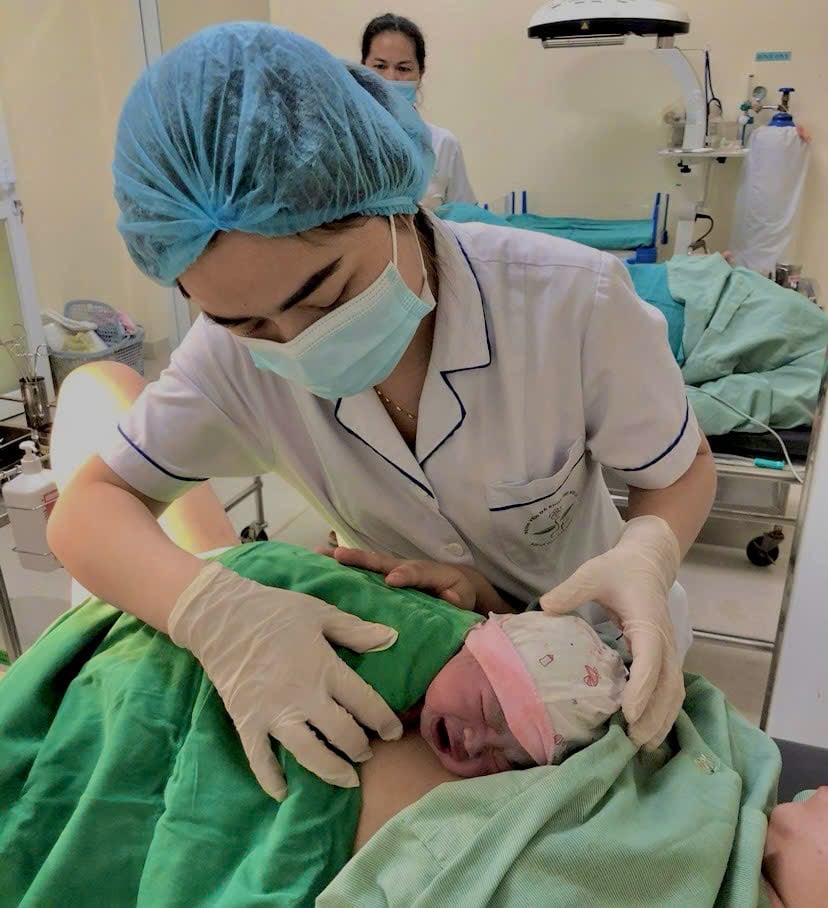
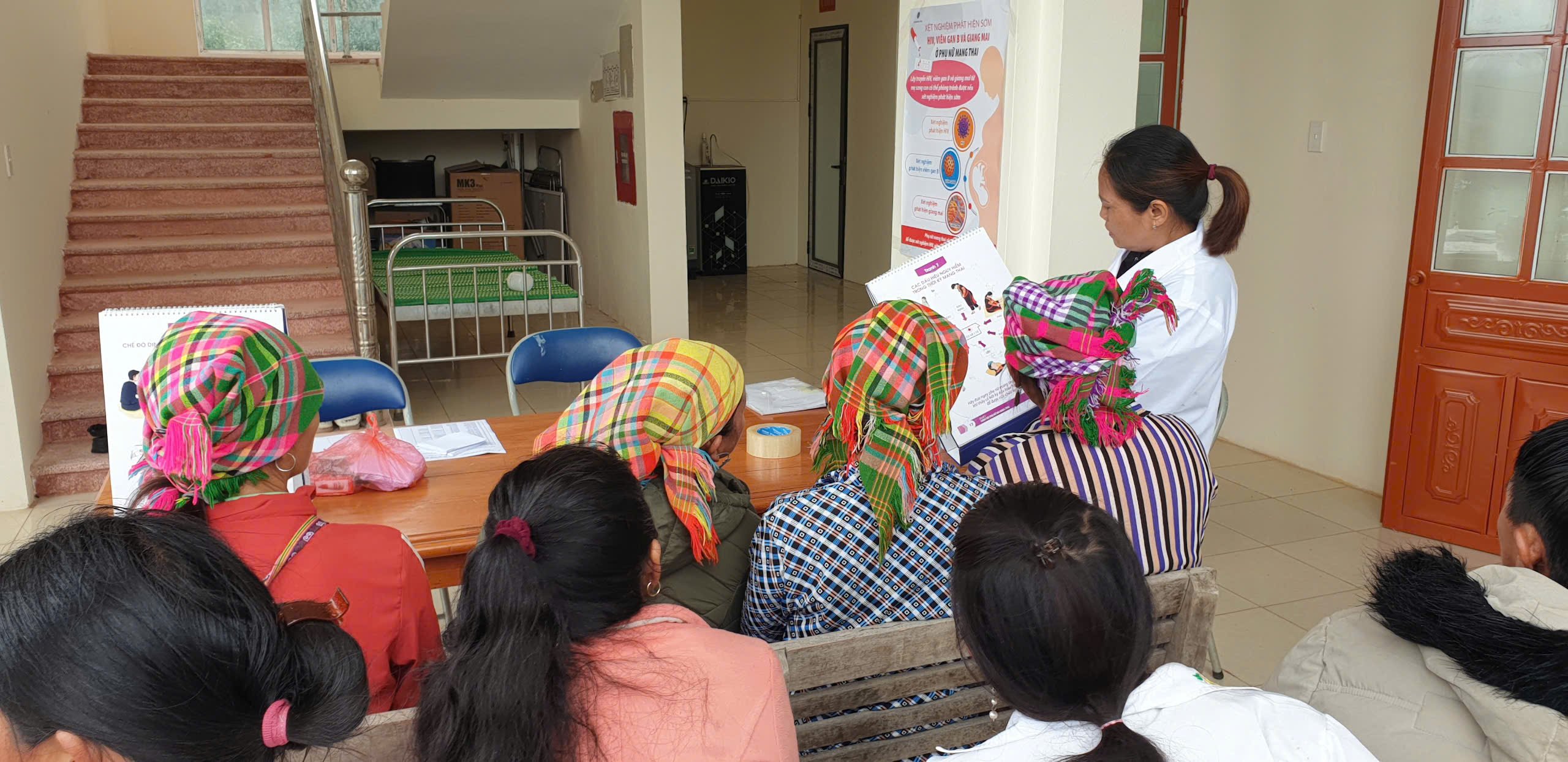





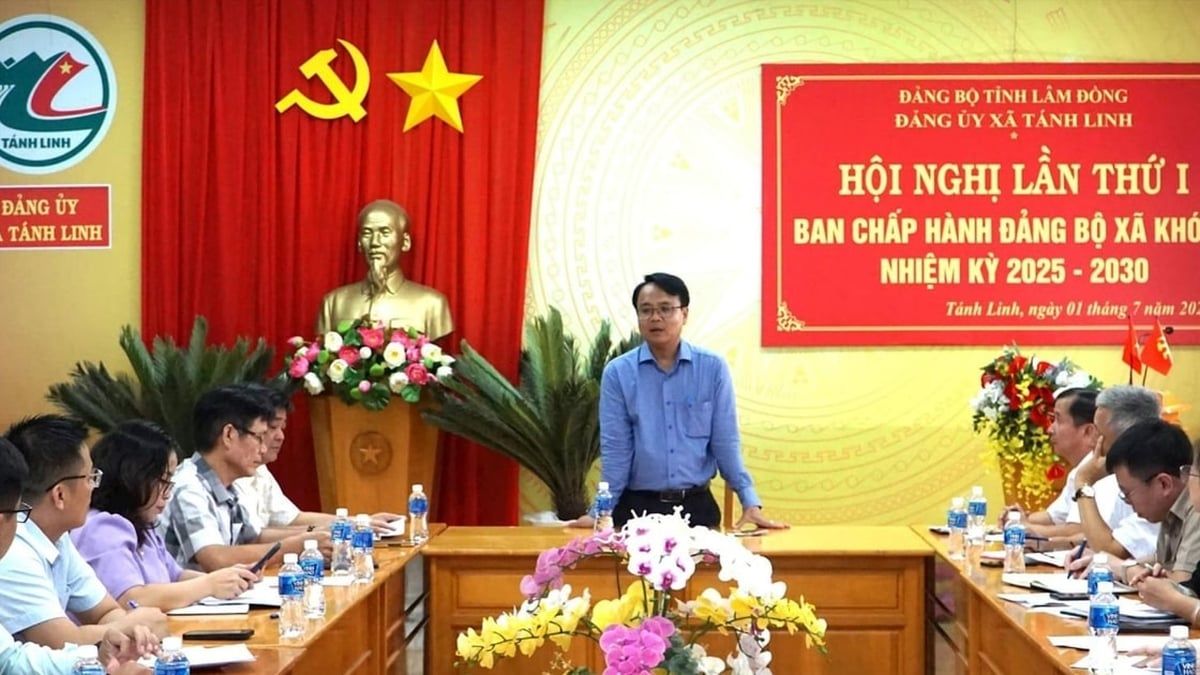



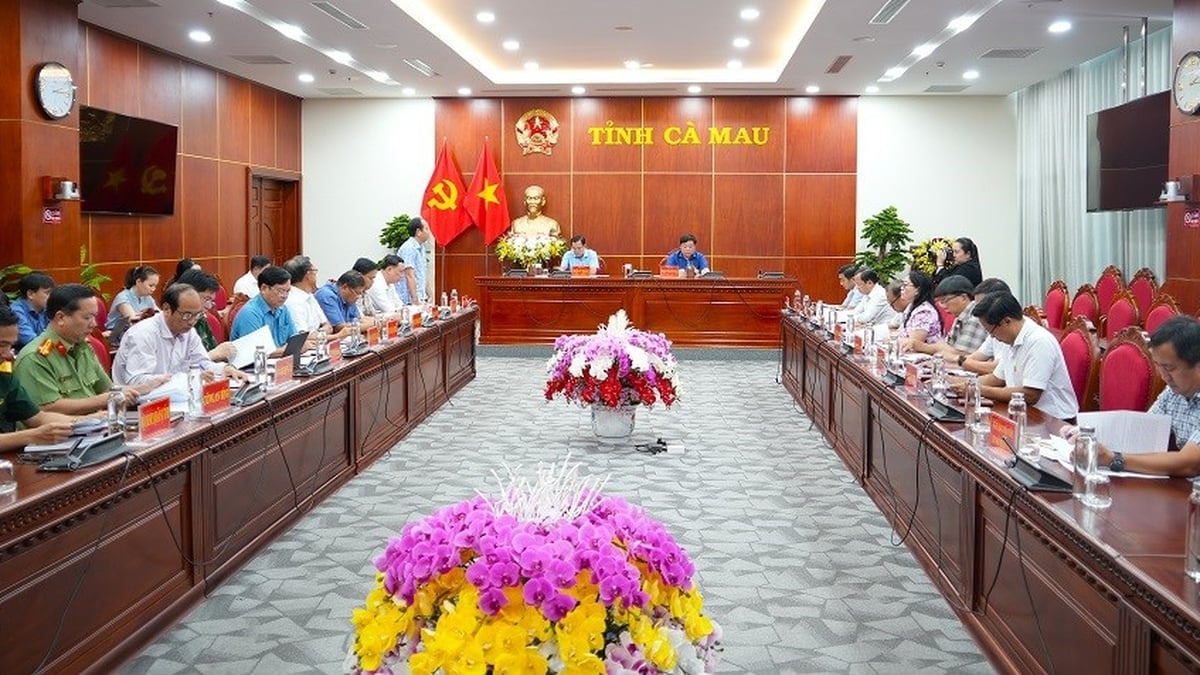
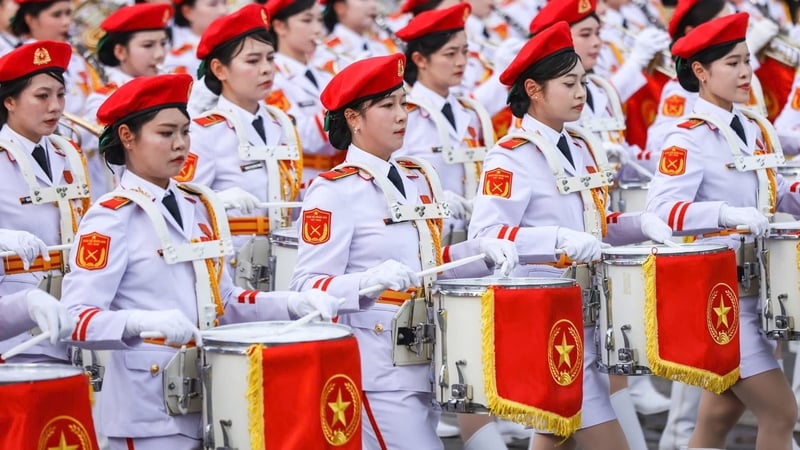

















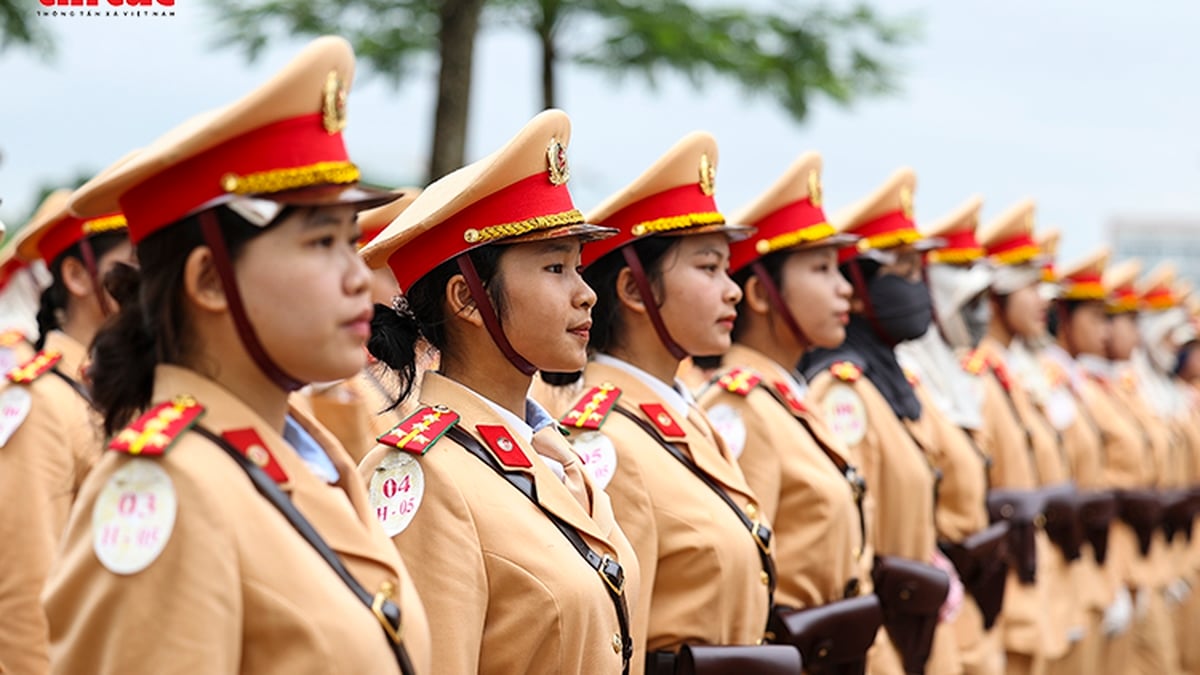
































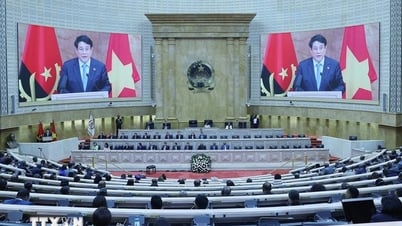




























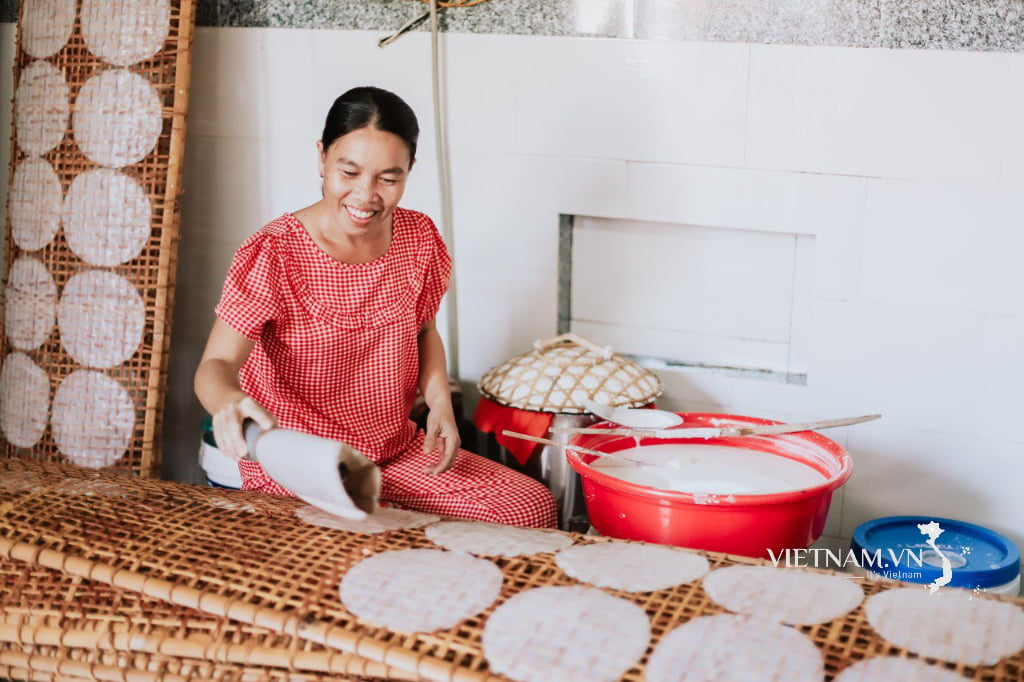
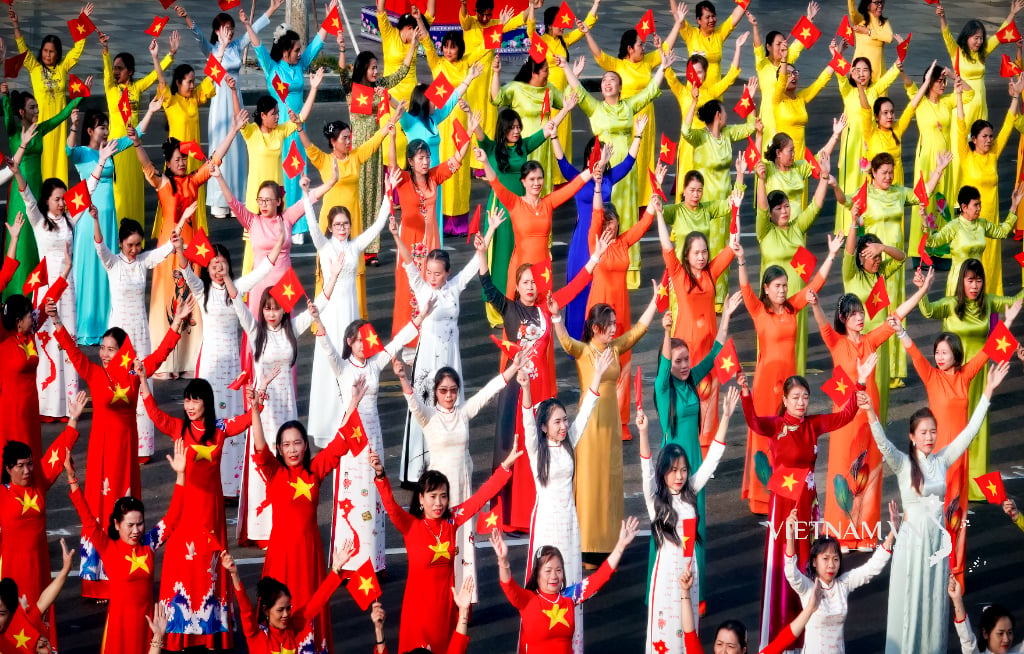
Comment (0)